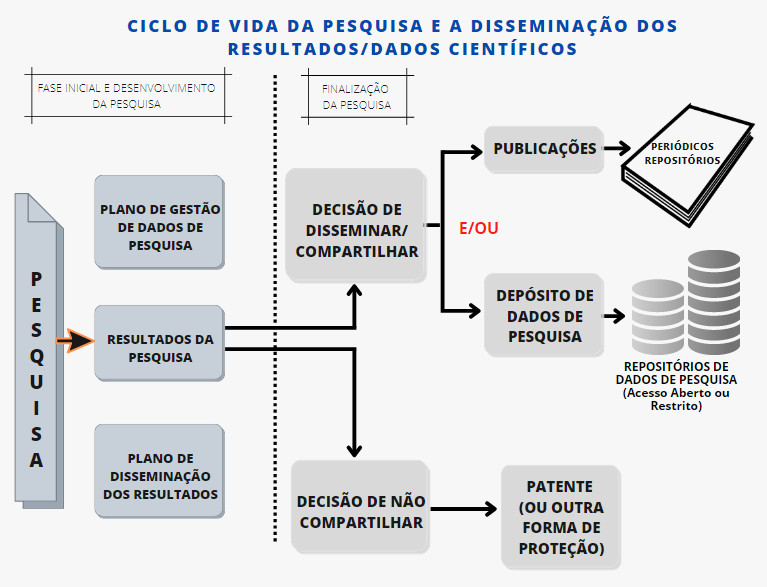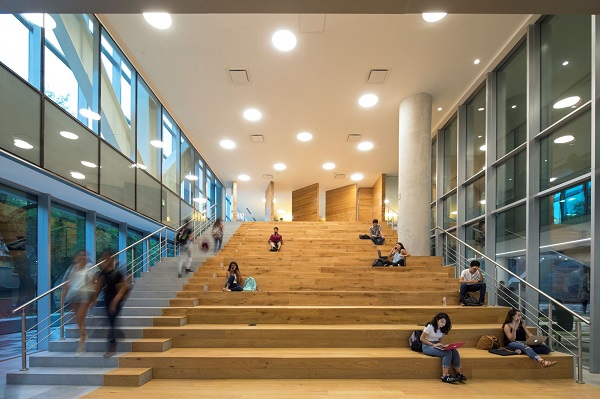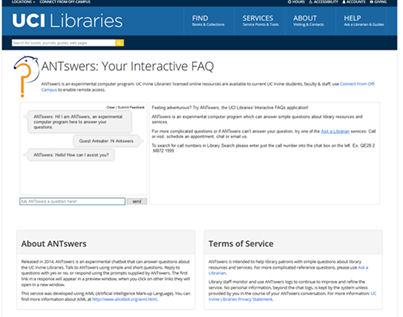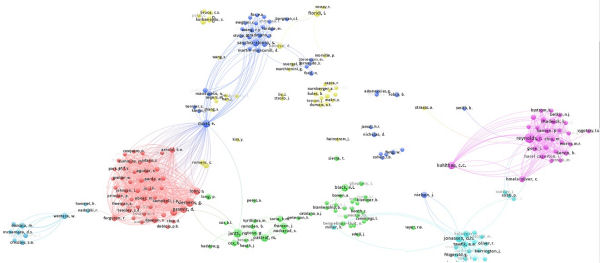El propòsit principal d’aquest article és estudiar la presència dels vídeos als perfils de les xarxes socials i els blogs corporatius de les biblioteques públiques catalanes durant el primer mes de confinament (del 13 de març al 14 d’abril de 2020) amb un doble objectiu. El primer és saber si han creat o difós vídeos a les xarxes socials. El segon és delimitar-ne la tipologia i concretar el canal on s’han publicat. Com a pas previ, cal saber si les biblioteques públiques catalanes han estat actives a les xarxes socials durant aquest període independentment del contingut difós.
Per a realitzar aquesta anàlisi s’ha creat un conjunt de dades d’accés obert, que compta amb criteris d’inclusió i exclusió, partint d’un fitxer de la Generalitat de Catalunya, que inclou dades geogràfiques, el nom de la biblioteca, els seus perfils de xarxes socials (Facebook, Instagram, Twitter i YouTube) i blogs. Per a avaluar les publicacions s’han definit dues tipologies de contingut, extern i propi, s’ha creat una escala de valoració (d’A a D) i s’han agrupat els vídeos en cinc tipologies (entrevistes, tutorials, entreteniment, ressenyes i live streaming). Sobre els resultats obtinguts cal comentar que, dels 507 registres inclosos, 372 (73,37 %) han tingut activitat; dels 886 perfils analitzats, 797 (89,95 %) han estat actius, i dels 4.377 vídeos estudiats, els més compartits han estats els d’entreteniment (3.110, 71,05 %). En les conclusions es detallen alguns aspectes observats a YouTube, Facebook i Twitter per a conèixer com es treballa el format vídeo a les biblioteques públiques catalanes.





